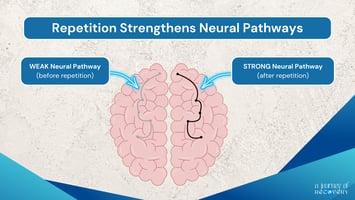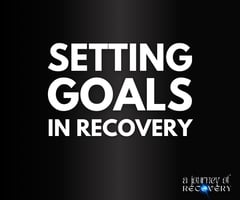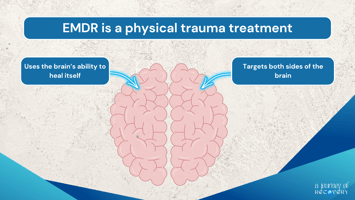In my journey to break free from a violent partner, I tried re-framing negative thoughts and...
The importance of being strategic after leaving a violent partner
Navigating life after leaving a violent partner requires strategic planning to ensure safety, stability, and emotional well-being. It's been 10 years since I left my violent partner. Below are a few of the things I have learned on my journey.
Creating a Plan for Physical Safety
Leaving a violent partner is a courageous step, but it also comes with risk. Understanding these risks is crucial for maintaining your safety and well-being. Creating a detailed plan that addresses these risks is imperative. If possible, talk to your local police or domestic violence service, as they may be able to help you create a plan for your physical safety.
.png?width=1280&height=720&name=Infographics%20(2).png)
Staying Firm: Non-contact is Essential
Abusers often use manipulation, guilt, and fear tactics to lure their victims back, so it is imperative to go completely non-contact (if possible). It's essential to recognise these patterns and prepare for them in advance! Being aware of the emotional and psychological tactics an abuser might use can help you stay firm in your decision.
Fighting the Urge to Return
When I left my abuser, I felt a strong urge to go back. However, I found that using sleep affirmations helped me to stop feeling the pull to go back. It's been 10 years since I left him, and I'm so glad I did it. Watch the video below to hear how I broke that cycle:
Building a Support Network for Emotional and Physical Safety
A solid support network is invaluable when navigating life after leaving a violent partner. This network can include trusted friends, family members, support groups, and professional counselors who can offer emotional and physical safety.
Enlisting the help of these individuals can provide you with the strength and reassurance needed to stay away from your abuser. They can offer practical support, such as a place to stay or help with daily tasks, and emotional support by listening and providing affirmation of your worth and strength.
Planning for Emotional Challenges: Depression, Isolation, and Beyond
The emotional aftermath of leaving a violent relationship can be overwhelming. Depression, isolation, and anxiety are common challenges that survivors face. Planning ahead for these emotional hurdles can make a significant difference in your recovery journey.
Consider engaging in therapy or counseling to address these emotional challenges. Additionally, staying connected with your support network, engaging in self-care activities, and establishing a routine can help mitigate feelings of isolation and depression. I found that journaling is a helpful way to heal, as it allows me to unpack my thoughts and feelings in an authentic way. Read more about journaling here.
.png?width=1280&height=720&name=Infographics%20(1).png)
Mitigating Reputational Damage and Reclaiming Your Identity
Abusive partners often try to damage their victim's reputation as a means of control. This can leave survivors feeling stigmatised and unsure of how to reclaim their identity. Addressing reputational damage is a crucial part of rebuilding your life.
Take steps to protect your reputation by documenting any harassment or false accusations and seeking legal advice if necessary. Focus on reclaiming your identity by pursuing your interests, setting personal goals, and surrounding yourself with people who respect and support you.
Long-Term Strategies for Sustained Independence and Growth
Achieving sustained independence and growth after leaving a violent partner requires long-term strategies. These strategies should focus on financial independence, continuous personal development, and maintaining a strong support network.
Consider taking courses or seeking career counseling to improve your job prospects and financial stability. Keep working on your personal development through hobbies, education, and self-improvement. Finally, maintain and nurture your support network to ensure you have a reliable foundation as you continue to grow and thrive.
I found that setting a goal helped me move on. Watch my video about this:


